Introduction and model history
The Ford Kuga is a mid-sized, five-seat, decently-booted SUV that’s been in Ford’s portfolio for a little while now. A facelifted version is coming very soon in 2024, but for now this third generation version - which has been around since 2019 - is still very competitive, even against a raft of new rivals including the Hyundai Tucson, Kia Sportage, Peugeot 3008 and Skoda Kodiaq.
The Kuga looks more like a tall Focus than anything else, but that’s no bad thing, and not hugely surprising because the two cars share a lot of the hardware under the skin.
Now, there are a lot of different Kugas including mild-hybrid, full hybrid the plug-in hybrid that we're focussing on, here. This is the one we’re interested in at electrifying.com, because it’s the only one that is actually able to properly motivate itself with electric power. Albeit only a bit. But that ‘bit’ is actually pretty useful. If you do want a fully electric Ford, check out the Explorer or Mustang Mach-E.
The Kuga packs a relatively large (for a PHEV, anyway) 14.4 kWh battery pack, giving a theoretical EV-only range of up to 41 miles. It still doesn’t sound like all that much, but if you’re commuting those sorts of distances and plugging in at night, you can get away virtually without using any fuel at all. You can potter every day and not wake the engine - mainly because you can silently run up to 85mph on electric. And the Kuga really does seem to manage to eke out decent EV-only range.
Then, when you have to travel further, the 2.5-litre four-cylinder engine jumps in to help. Obviously a big 2.5-litre petrol engine sounds like a stupid idea in a car designed to be efficient, but the 2.5 in the Kuga is designed to work with the electric motor so it can be made more efficient. It also means you get 222bhp of power, but only 29g/km of CO2 and a theoretical 200-plus mpg. If you plug it in, obviously. In fact, we found the Kuga remarkably efficient when it's engine is running, and returned some 55mpg over a varied route. You can read more about that if you click through to the rest of our review.
As with most PHEVs, the Kuga isn’t particularly light. It weighs well over 1.8 tonnes, so it’s not exactly whip-fast but getting to 62mph from rest takes just over nine seconds, which is more than acceptable. The slushy CVT (continuously variable transmission) isn’t very responsive, but this type of gearbox is very efficient rather than exciting. But then you realise something really quite unexpected, because this Kuga really does handle well. And not in the ‘for a PHEV SUV’ manner, but properly. It may only be front-wheel drive, but this tall Ford is comfy, quick and curiously competent. In fact, it’s more like the Mini Countryman PHEV than something like a Hyundai Tucson.
Drive quickly and you’ll soon need to charge though. It takes about three and a half hours to fully charge the battery from a 7kW home wallbox, but the Kuga doesn’t support fast charging, so long journeys will be petrol only once you’ve exhausted the initial charge. That low CO2 score makes it a winner for company car drivers and benefit-in-kind taxation - the point of a plug-in hybrid, after all.
Verdict
The Kuga manages good electric running and petrol efficiency, and it surprises with its handling capabilities. The gearbox is a bit of a weak spot, and the interior is useful rather than inspiring, while the infotainment system feels dated compared with the systems you'll find in a Peugeot 3008 or Renault Scenic E-Tech, too. Even so, this Kuga PHEV is a very rounded, affordable and competent offering in the plug-in hybrid SUV genre. The forthcoming facelift may well solve many of these niggles, too, but if you can get a good deal (finance offers are good on the Kuga) then even this pre-facelift version is well worth considering.
Like the Ford Kuga PHEV? Try these...






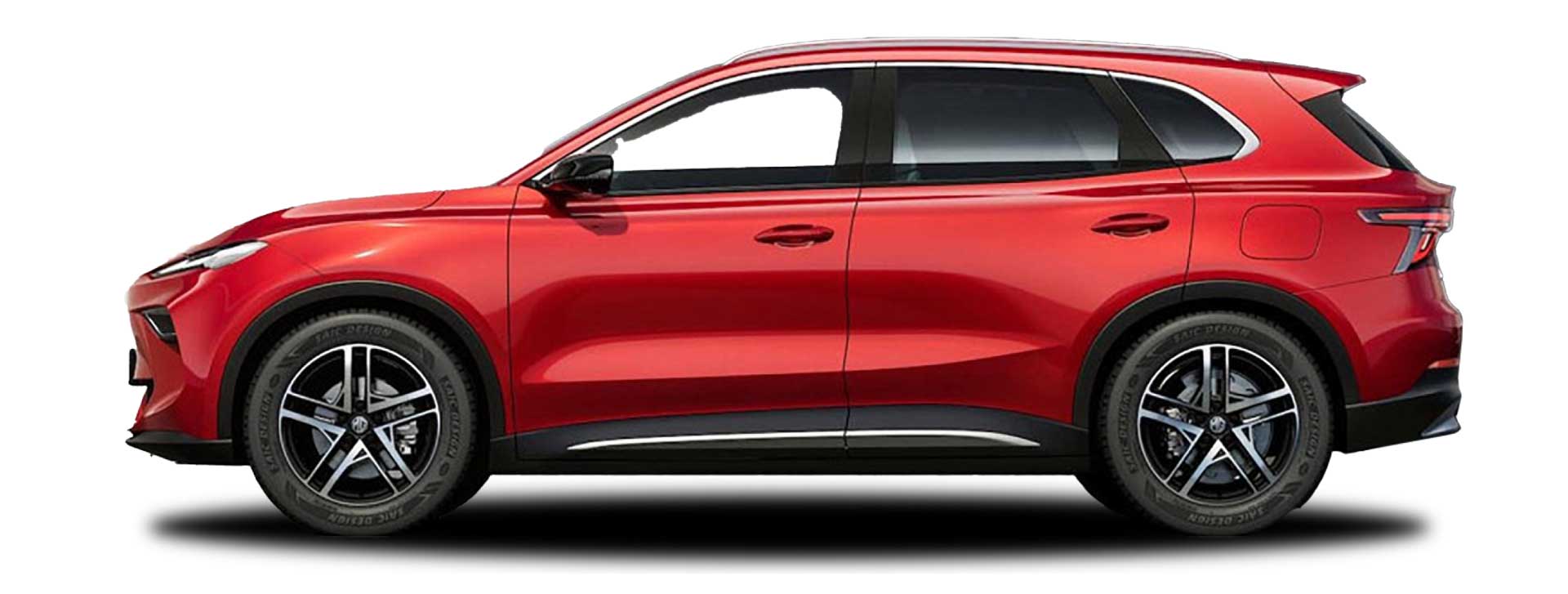




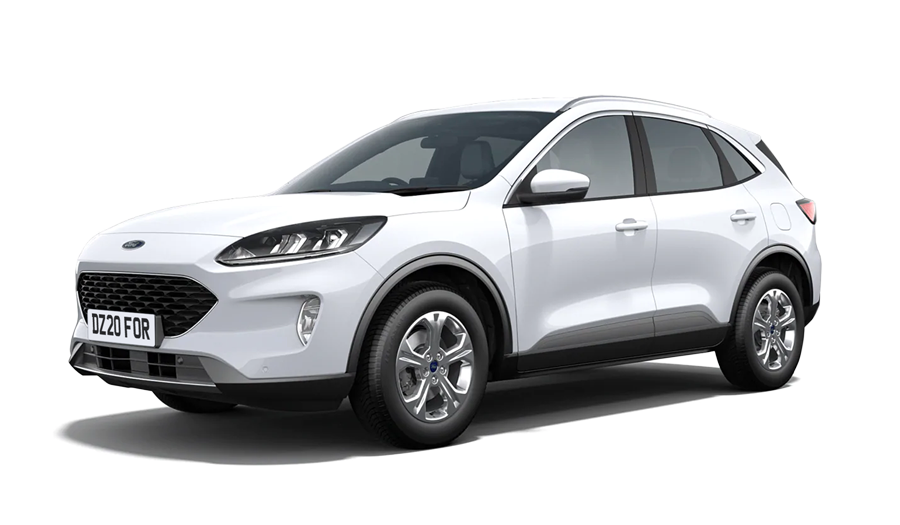



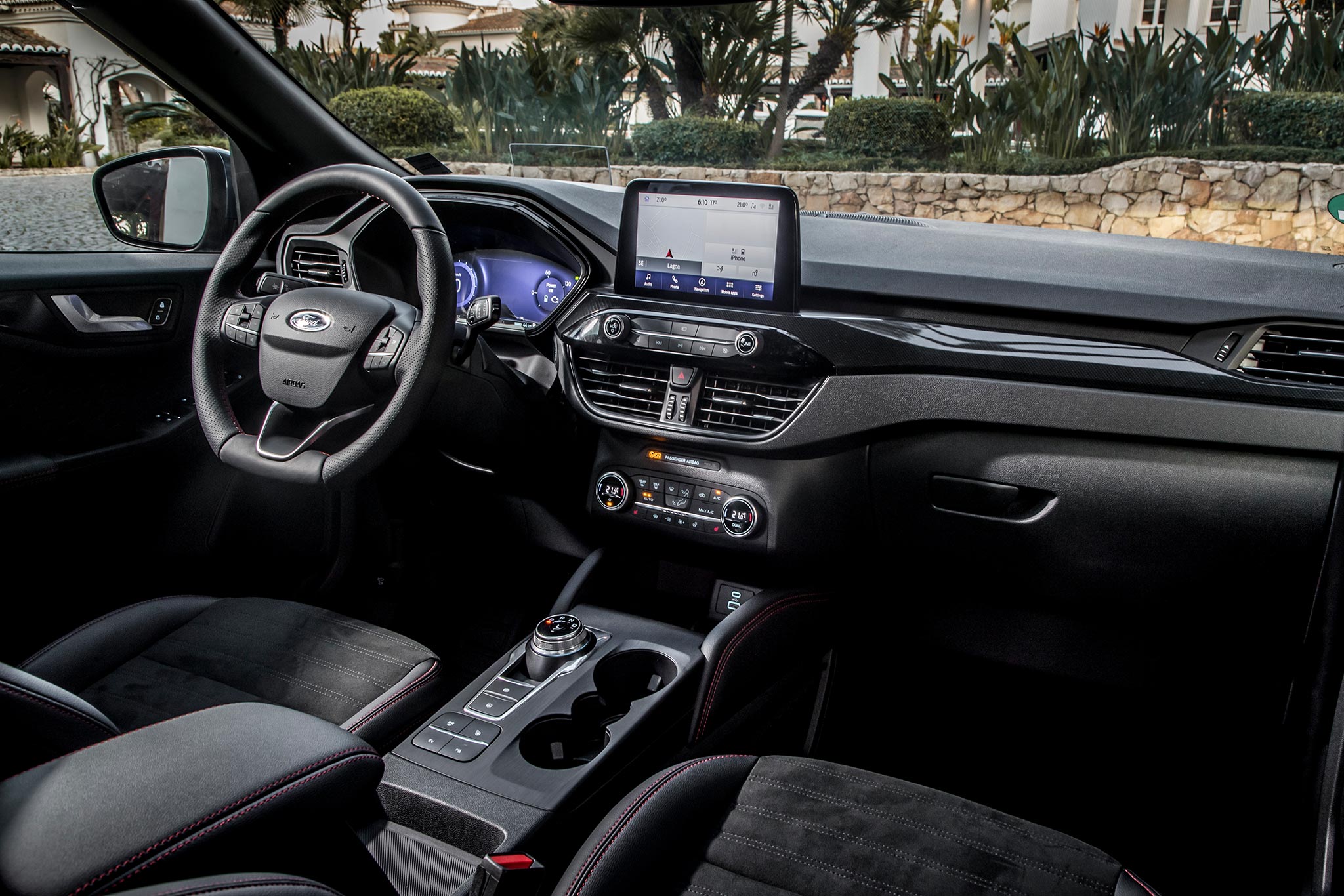
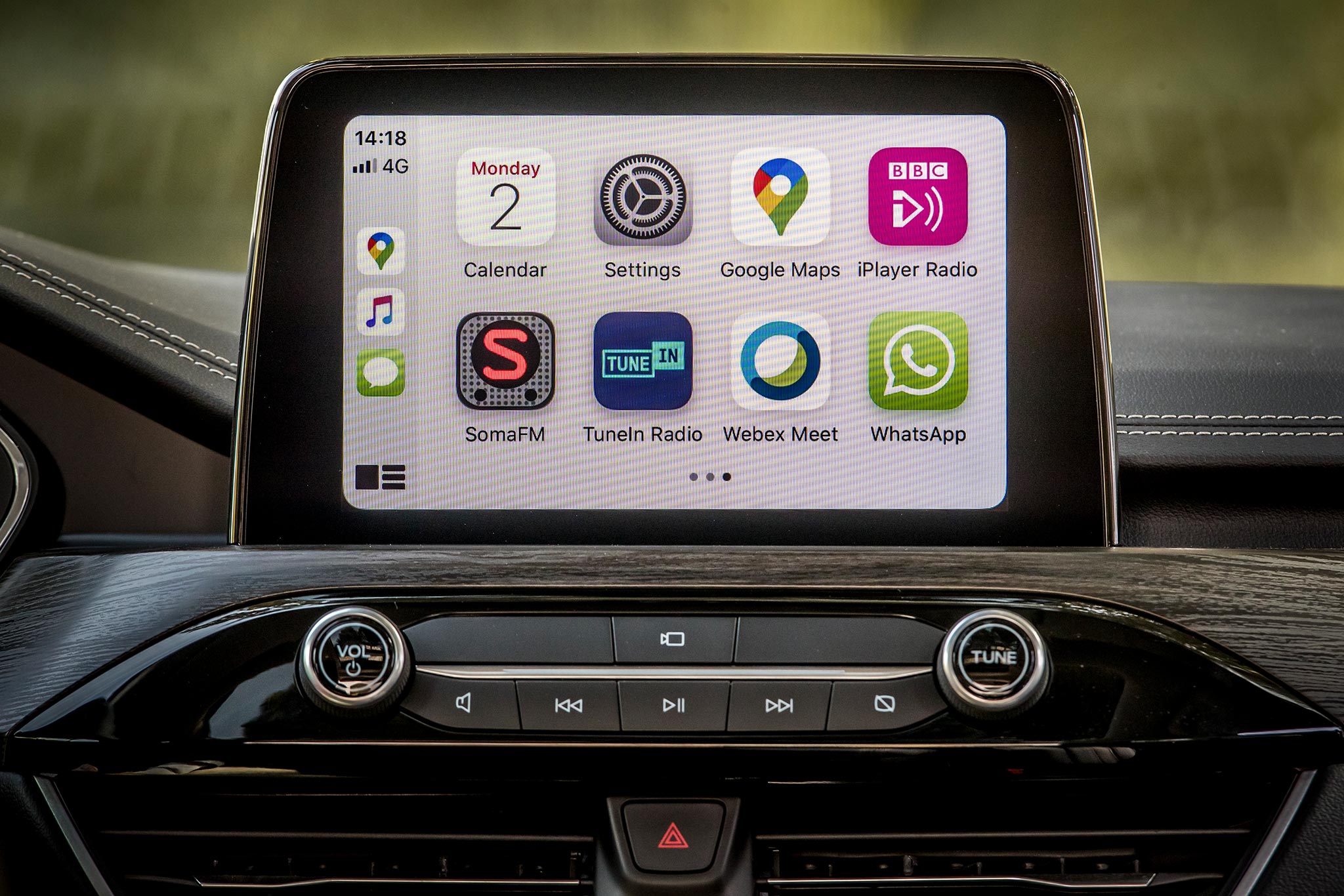
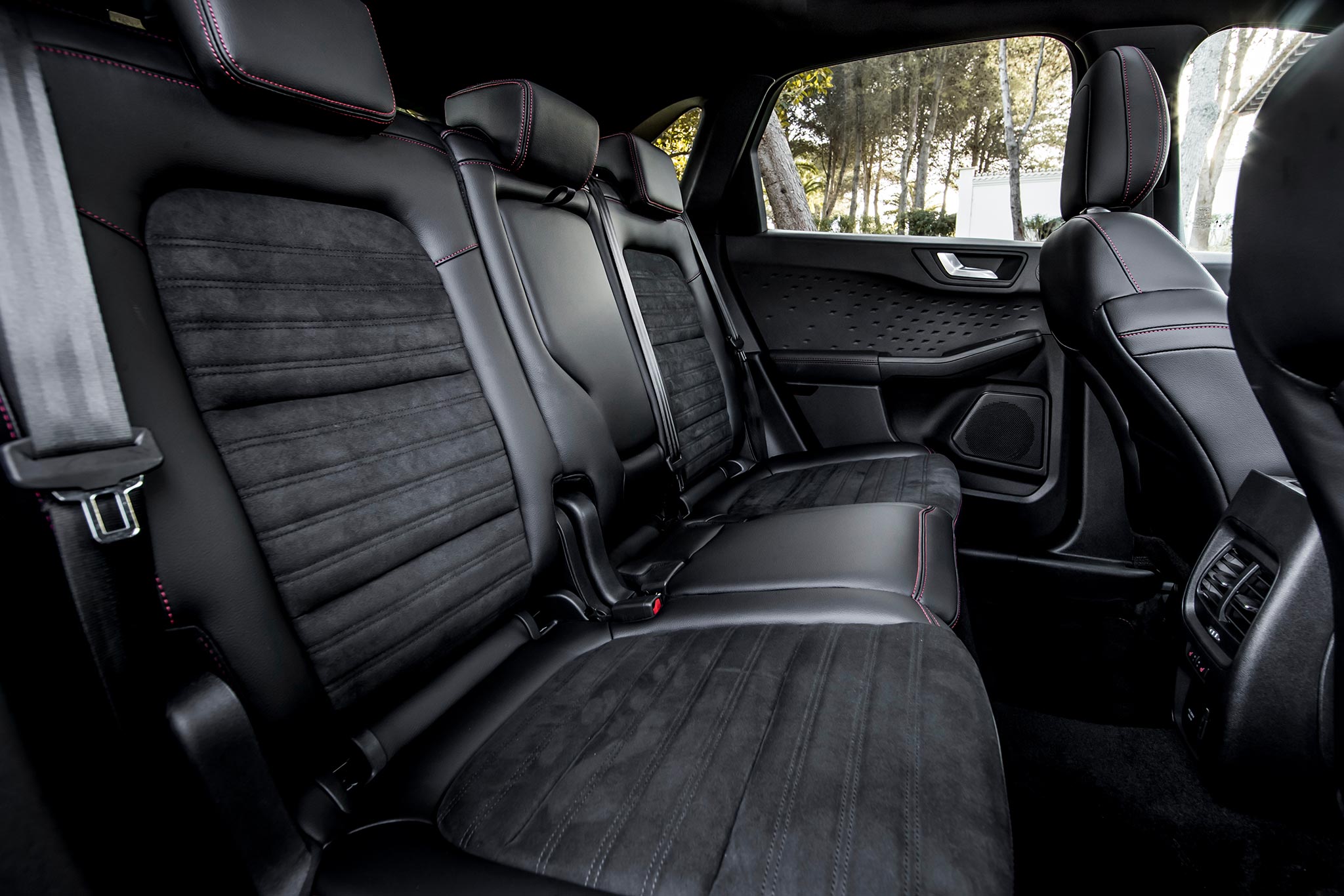







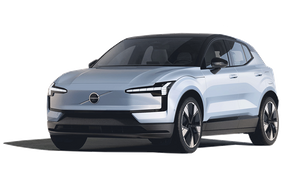


.jpg?width=300&height=185)
